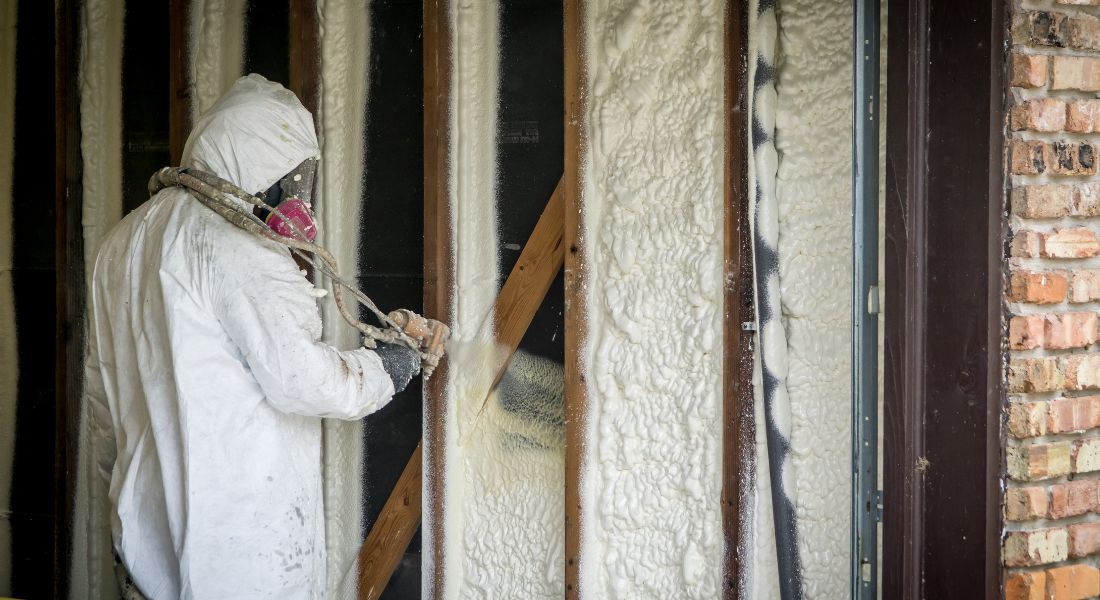Foam insulation is a widely used material in various industries, including construction, automotive, and packaging. Its ability to provide thermal insulation and moisture resistance makes it a popular choice for enhancing energy efficiency and protecting sensitive materials. However, understanding the temperature thresholds at which foam insulation melts is crucial for ensuring its optimal performance and longevity. In this article, we will delve into the melting point of foam insulation, exploring the factors that influence it and its implications in different applications.
- The Basics of Foam Insulation:
Foam insulation is typically made from polymers, such as polyurethane or polystyrene, which undergo a foaming process to create a cellular structure. This structure traps air or other gases, forming an insulating barrier that slows down heat transfer. The melting point of foam insulation depends on the specific polymer used and its composition. - Factors Affecting the Melting Point:
a. Polymer Type: Different polymers have varying melting points. For example, expanded polystyrene (EPS) foam insulation has a lower melting point compared to polyisocyanurate (PIR) foam insulation. It is essential to choose the appropriate foam insulation based on the desired temperature resistance.
b. Chemical Additives: Additives, such as flame retardants or stabilizers, can affect the melting point of foam insulation. These additives enhance the material's performance under specific conditions, including high temperatures.
c. Density: The density of foam insulation can influence its melting point. Higher density foam insulation generally has a higher melting point due to its increased structural integrity. - Melting Point Ranges:
The melting point of foam insulation can vary significantly depending on the factors mentioned above. As a general guideline:
a. Expanded Polystyrene (EPS): Melting point ranges from 180°C to 220°C (356°F to 428°F).
b. Extruded Polystyrene (XPS): Melting point ranges from 200°C to 240°C (392°F to 464°F).
c. Polyurethane (PUR): Melting point ranges from 220°C to 260°C (428°F to 500°F).
d. Polyisocyanurate (PIR): Melting point ranges from 250°C to 300°C (482°F to 572°F). - Applications and Implications:
a. Construction Industry: Foam insulation is widely used in buildings to enhance energy efficiency. Understanding the melting point is crucial for selecting the appropriate insulation material based on the expected temperature conditions in a particular region.
b. Automotive Industry: Foam insulation is utilized in vehicles to provide thermal and acoustic insulation. Knowledge of the melting point helps ensure the insulation's performance under high-temperature conditions, such as engine compartments or exhaust systems.
c. Packaging Industry: Foam insulation is used to protect fragile or temperature-sensitive products during transportation. Knowing the melting point aids in selecting the right insulation material to prevent damage or spoilage.
Conclusion:
The melting point of foam insulation plays a vital role in determining its suitability for various applications. By considering factors such as polymer type, chemical additives, and density, one can select the appropriate foam insulation material to withstand specific temperature conditions. Understanding the melting point empowers industries to make informed decisions, ensuring optimal performance, and maximizing the benefits of foam insulation.



